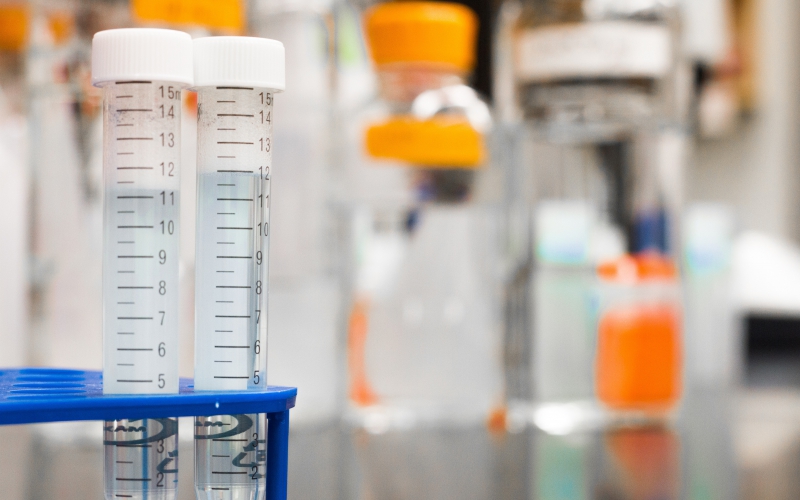The Childhood Cancer Blog
The Childhood Cancer Blog
by Trish Adkins
For Eden, the trouble began when she was 10 years old. The trouble had a name: pain. It seemed normal at first—maybe a side effect from dancing or growing. But then it never went away and then, suddenly, Eden could not dance anymore.
“I knew in my heart it was more than growing pains,” said Eden’s mom, Shannon.
A MRI revealed the source of the pain: a tumor on her leg. And not just any tumor, it was a tumor so rare that it had never been seen before. They nicknamed it Eden’s Tumor. Eden’s doctor,... Read More
Children with certain types of hard-to-treat childhood cancers just got another huge dose of hope. Last week, the U.S. Food and Drug Administration (FDA) granted accelerated approval to a drug called Vitrakvi (also known as larotrectinib), making the treatment available to children with cancers that are NTRK fusion-positive.
... Read More

Hailing from all over the world, the 90 researchers were invited to the first-ever ALSF Crazy 8 meeting in Philadelphia in September 2018.
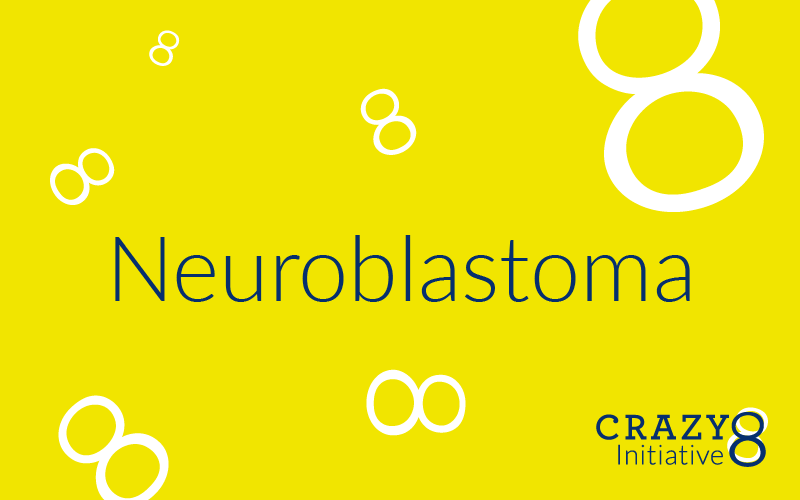
The most common type of extra-cranial childhood cancer in children, neuroblastoma has seen an increase in long-term survival rates over the past 10 years (from 30% to 50-60%, depending on stage of disease and age at diagnosis). However, the hardest, high-risk neuroblastoma continues to be tricky to cure, requiring years and years of harsh treatments that leave children with long-term side effects.
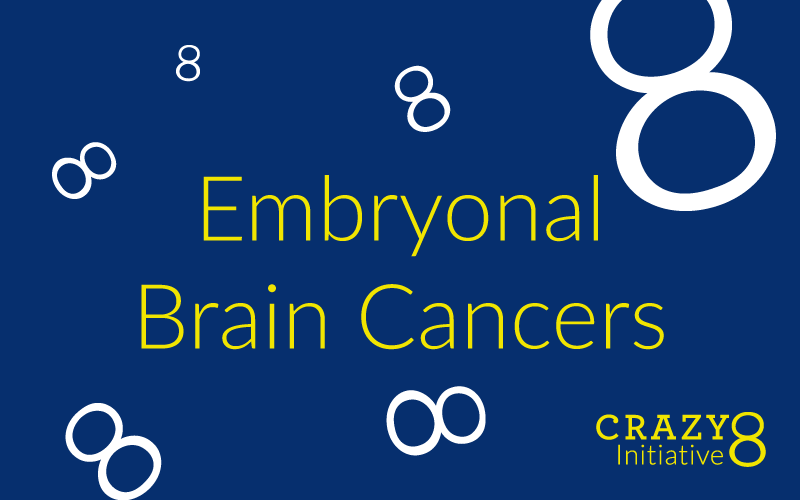
Making up the largest group of brain tumors, embryonal brain cancers include medulloblastoma, rhabdomyosarcoma and other subtypes. The standard of care for embryonal brain tumors is surgery, radiation and intensive chemotherapy. Each of these treatments comes with the potential for severe side effects.
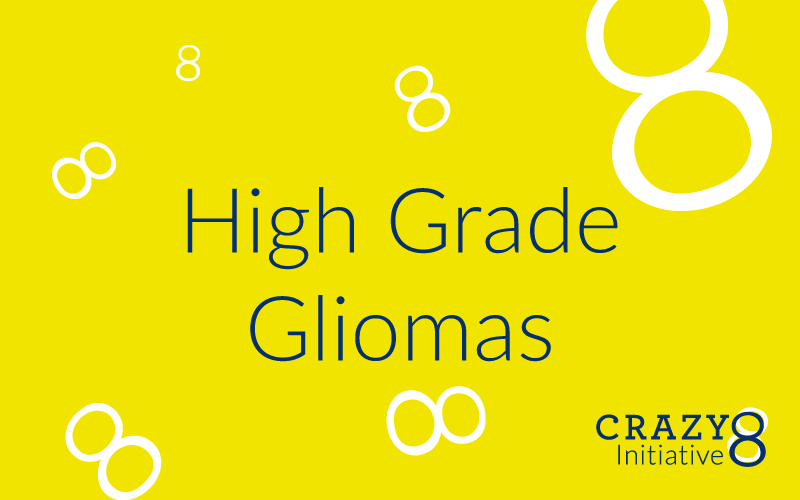
High grade gliomas, which include DIPG and ependymoma, are notoriously hard to treat because of their location in the brain and their fast growing nature. Presently, DIPG has a zero-percent long-term survival rate.

While some types of leukemia, like acute lymphoblastic leukemia (ALL), have long-term remission rates of around 90-percent; relapsed and refractory ALL and other less-common leukemias, like acute myeloid leukemia (AML), are harder to treat and present significantly lower remission rates.
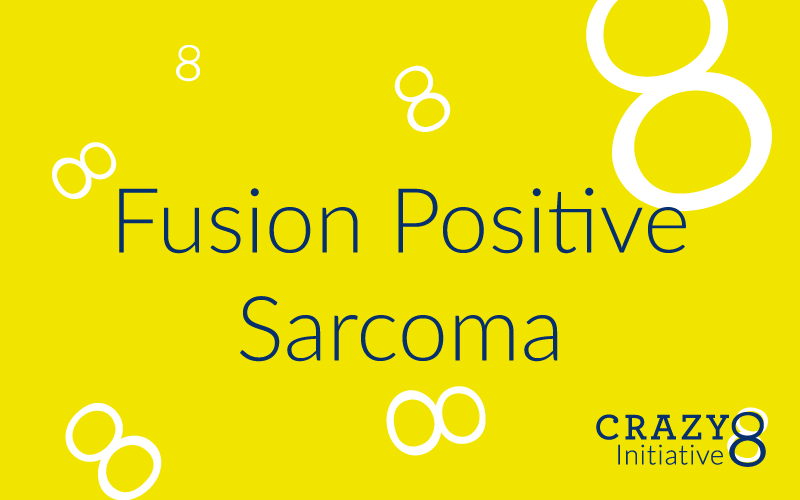
Fusion positive sarcomas form as the result of a genetic chromosomal transcription that creates a new malignant cell. Ewing sarcoma is the most prominent example, but other cancer types like alveolar rhabdomyosarcoma can also be fusion positive.
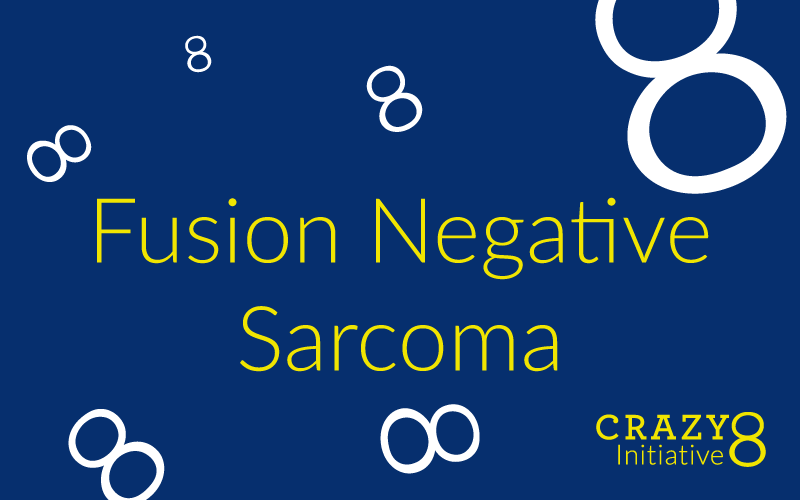
Fusion negative sarcomas are sarcoma-type cancers that do not have abnormalities that follow a specific genetic pattern, like fusion positive sarcomas.
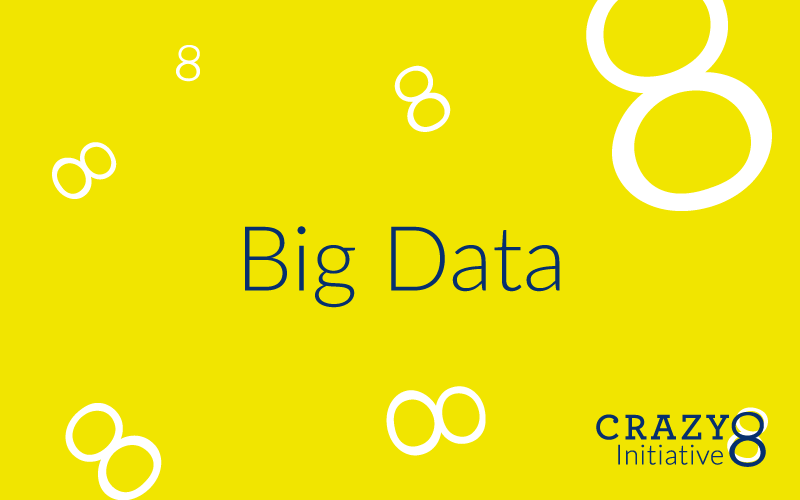
Researchers have long struggled with the accessibility and availability of pediatric oncology data. The first challenge is the general lack of genetic models because of the rarity of some types of childhood cancer. The second challenge is the reverse—there are millions of data sets, all written in different formats and therefore hard to access and utilize.
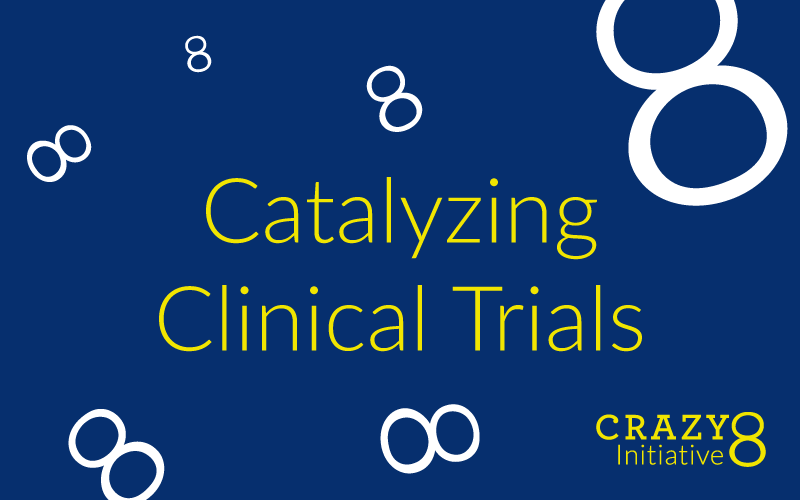
Clinical trials are one of the critical ways that researchers can test and discover treatments that work in children. Trials are also the key step on the way to setting new standards of care. Crazy 8 researchers know that trials can be done more efficiently and remove roadblocks, such as funding for research, to accelerate cures.
by Trish Adkins
In September, Alex’s Lemonade Stand Foundation (ALSF) called over 90 top scientists, pediatric oncologists and researchers from around the world to gather in Philadelphia to discuss the big question:
How can we cross the finish line and find cures for all children fighting cancer?
The meeting kicked off the Crazy 8 Initiative—ALSF’s commitment to identifying obstacles, knocking down roadblocks and developing a comprehensive, achievable plan to foster research, collaborate and accelerate cures... Read More
Pages


